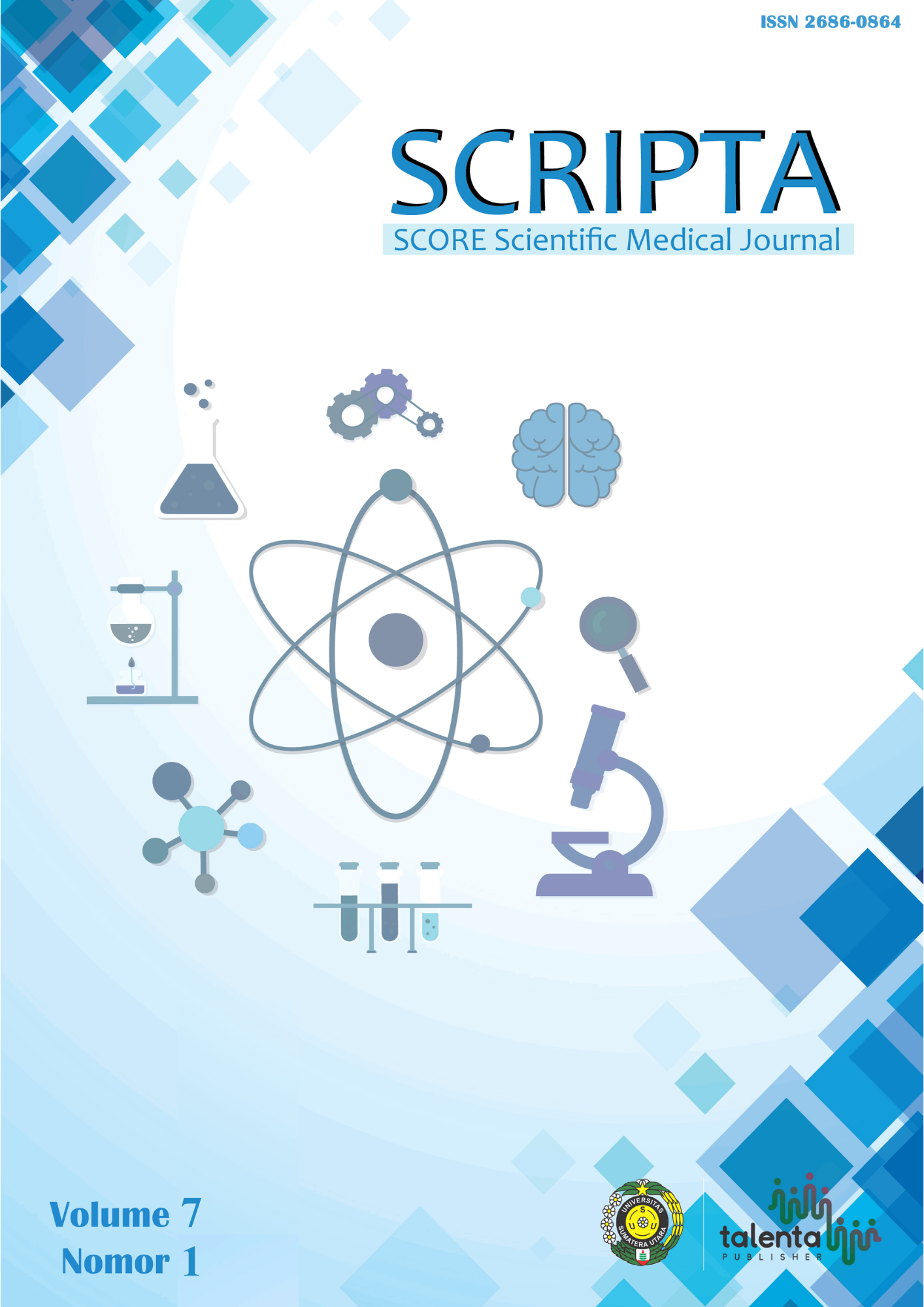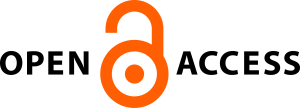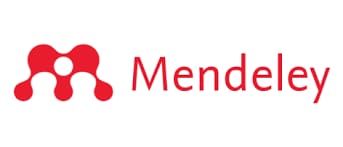Potensi Sonotrombolisis Berbasis Ultrasound dan Microbubbles sebagai Strategi Teknologi Terapeutik untuk Mengurangi Mortalitas pada Penyakit Infark Miokard
DOI:
https://doi.org/10.32734/scripta.v7i1.20537Keywords:
infark miokard, sonothrombolisis, microbubbles, myocardial infarction, PCI, sonothrombolysis, ultrasoundAbstract
ABSTRACT
Background: The main treatment for patients with coronary artery occlusion is thrombolysis or PCI (Percutaneous intervention). Thrombolytic agents and PCI are used for reperfusion therapy of myocardial infarction patients, but their use has not been effective. Sonothrombolysis is a new method investigated by utilizing ultrasound and microbubbles. The concept of sonotrombolysis could be a potential new adjunctive therapy in treating myocardial infarction. Objective: This study reviews the potential of sonotrombolysis as a therapy for myocardial infarction and future optimization in its application. Methods: A literature review method was used to analyze relevant references. The authors used journals from Google Scholar, NCBI, ResearchGate, ClinicalKey, and AHA Journal. Results: Sonotrombolysis uses ultrasound and microbubbles, microbubbles can infiltrate the thrombus and destabilize the thrombus after ultrasound activation so that it can improve blood flow. Various studies that have been conducted to assess the effectiveness of sonotrombolysis state that sonotrombolysis improves angiographic recanalization and microvascular perfusion in patients with myocardial infarction and the use of microbubbles under the influence of ultrasound accelerates thrombus breakdown. The combination of sonotrombolysis with PCI was shown to improve recanalization, and LVEF, and reduce the size of myocardial infarction. Optimization of the future use of sonothrombolysis as thrombus destruction can be done with the use of targeted microbubble contrast agents, dual-frequency HIFU, and its portable application in an ambulance. Conclusion: Sonotrombolysis using ultrasound and microbubbles is effective in thrombus destruction in myocardial infarction disease.
Keywords: Microbubbles, myocardial infarction, PCI, sonothrombolysis, ultrasound.
Latar Belakang: Penanganan utama pada pasien dengan oklusi arteri koroner adalah dengan trombolisis atau PCI (Percutaneous intervention). Agen trombolitik dan PCI digunakan untuk terapi reperfusi pasien infark miokard, tetapi penggunaanya belum efektif. Sonotrombolisis merupakan metode baru yang telah diteliti dengan memanfaatkan ultrasound dan microbubbles. Konsep sonotrombolisis dapat menjadi potensi terapi tambahan terbaru dalam pengobatan infark miokard. Tujuan: Penelitian meninjau potensi sonotrombolisis sebagai terapi infark miokard dan optimalisasi kedepan dalam pengaplikasiannya. Metode:Pencarian sumber menggunakan metode literature review dari analisis beberapa referensi terkait. Penulis menggunakan jurnal dari Google Scholar, NCBI, ResearchGate, ClinicalKey dan AHA Journal. Hasil: Sonotrombolisis menggunakan ultrasound dan microbubbles, microbubbles dapat menyusup ke dalam trombus dan mengganggu kestabilan trombus setelah aktivasi ultrasound sehingga dapat melancarkan aliran darah. Berbagai studi yang telah dilakukan untuk menilai efektivitas sonotrombolisis menyatakan bahwa sonotrombolisis meningkatkan rekanalisasi angiografik dan perfusi mikrovaskular pada pasien dengan infark miokard dan penggunaan microbubbles di bawah pengaruh ultrasound mempercepat pemecahan trombus. Kombinasi sonotrombolisis dengan PCI terbukti meningkatkan rekanalisasi, LVEF, dan mengurangi ukuran infark miokard. Optimalisasi penggunaan sonotrombolisis kedepannya sebagai penghancur trombus dapat dilakukan dengan penggunaan agen kontras microbubbles bertarget, HIFU frekuensi ganda, dan pengaplikasiannya secara portabel pada ambulans. Kesimpulan: Sonotrombolisis yang menggunakan ultrasound dan microbubbles efektif dalam penghancuran trombus pada penyakit infark miokard.
Kata kunci: Microbubbles, infark miokard, PCI, sonothrombolisis, ultrasound
Downloads
Downloads
Published
How to Cite
Issue
Section
License
Copyright (c) 2025 Muhammad Rizky Hidayatullah, Sarah, Yosafat Beltsazar Hutabarat

This work is licensed under a Creative Commons Attribution-NonCommercial 4.0 International License.
Authors who publish with SCRIPTA SCORE Scientific Medical Journal agree to the following terms:
- Authors retain copyright and grant SCRIPTA SCORE Scientific Medical Journal right of first publication with the work simultaneously licensed under a Creative Commons Attribution-NonCommercial License that allows others to remix, adapt, build upon the work non-commercially with an acknowledgment of the work’s authorship and initial publication in SCRIPTA SCORE Scientific Medical Journal.
- Authors are permitted to copy and redistribute the journal's published version of the work non-commercially (e.g., post it to an institutional repository or publish it in a book), with an acknowledgment of its initial publication in SCRIPTA SCORE Scientific Medical Journal.














